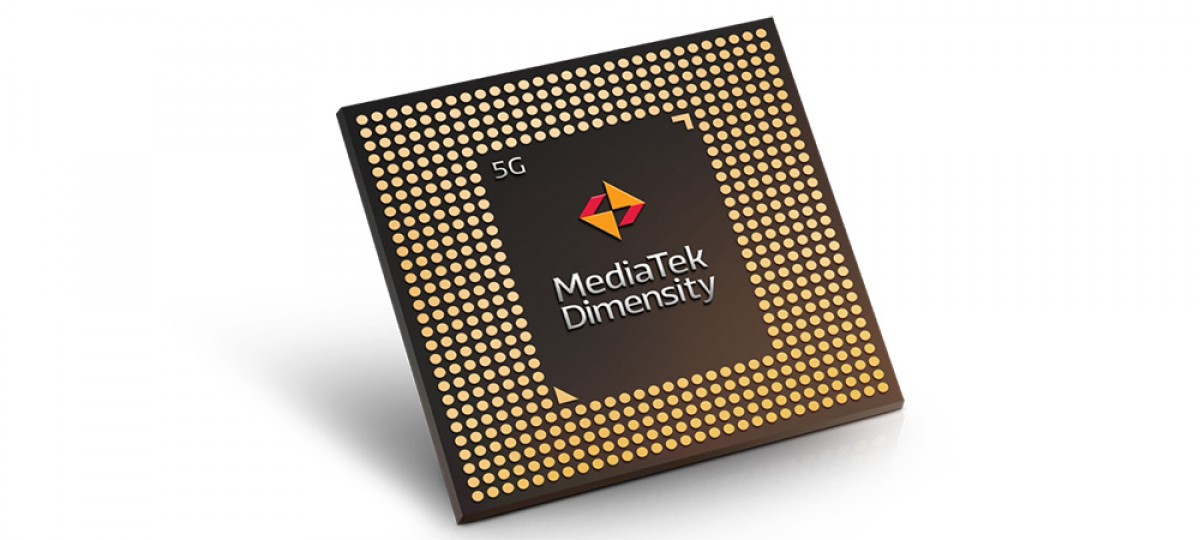The first smartphone surpassed the million point mark in the AnTuT benchmark
Chinese chip manufacturer MediaTek this week he released a video with a trailer for the first 4 nm chipset Dimensity 2000. According to the portal GSMArena is already in the first, hitherto officially undiscovered smartphone. It will very pleasantly surprise you with its extremely high score in the mentioned benchmark application.
So far, only the Apple iPad Pro has surpassed the million-point score in AnTuT
The smartphone is called V2184 in the benchmark and should belong to the flagship X series of the Chinese manufacturer vivo. The chipset designation in the benchmark is MT6983. The known leaker published a record result of 1,002,220 points Ice Universe on your Twitter account. Benchmark AnTuTu however, it has not yet confirmed the result as legitimate.
So far, only the Apple M1 chipset, which is intended for the Apple iPad Pro tablet, has achieved more than a million points in AnTuT. Of the Android smartphones, the Red Magic 6 with Snapdragon 888 and 858,734 points officially had the best results so far. MediaTek Dimensity 2000 should be a very strong opponent for the Qualcomm Snapdragon 898 chipset, which will be introduced on November 30.
What will be the specifications of the MediaTek Dimensity 2000 chipset?
Dimensity 2000 will include a 3.0 GHz Cortex-X2 core, three Cortex-A710 cores and four A510 cores. The Cortex-X2 core with a frequency of 3.0 GHz should also use the competing Snapdragon 898 and also the Exynos 2200 from Samsung. This means that these three chipsets can be evenly matched in CPU power, but will have a different graphics core (GPU).
MediaTek Dimensity 2000 is to use the Mali-G710 MC10 graphics core. Qualcomm Snapdragon 898 is to receive the new Adreno graphics core and the Exynos 2200 RDNA 2 graphics chip from AMD. MediaTek Dimensity 2000 is to use TSMC’s 4 nm manufacturing process. The Snapdragon 898 and Exynos 2200 will be manufactured using Samsung’s 4 nm manufacturing process.



